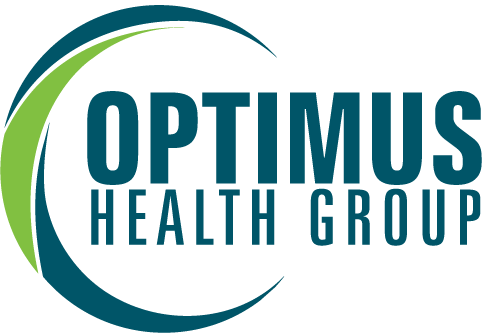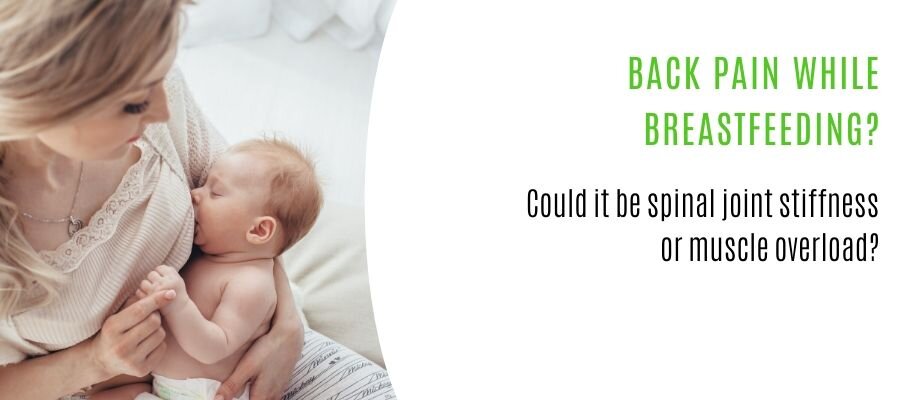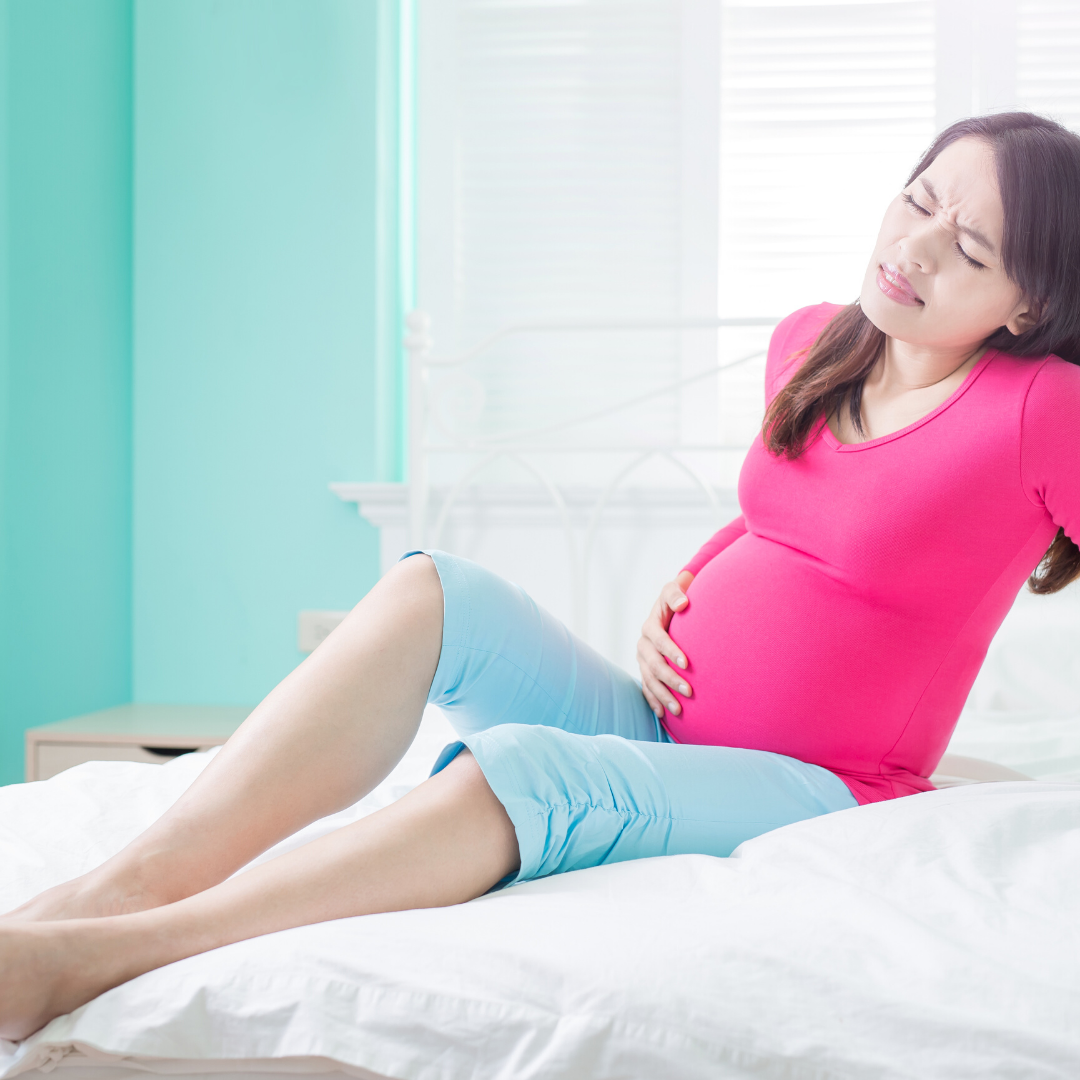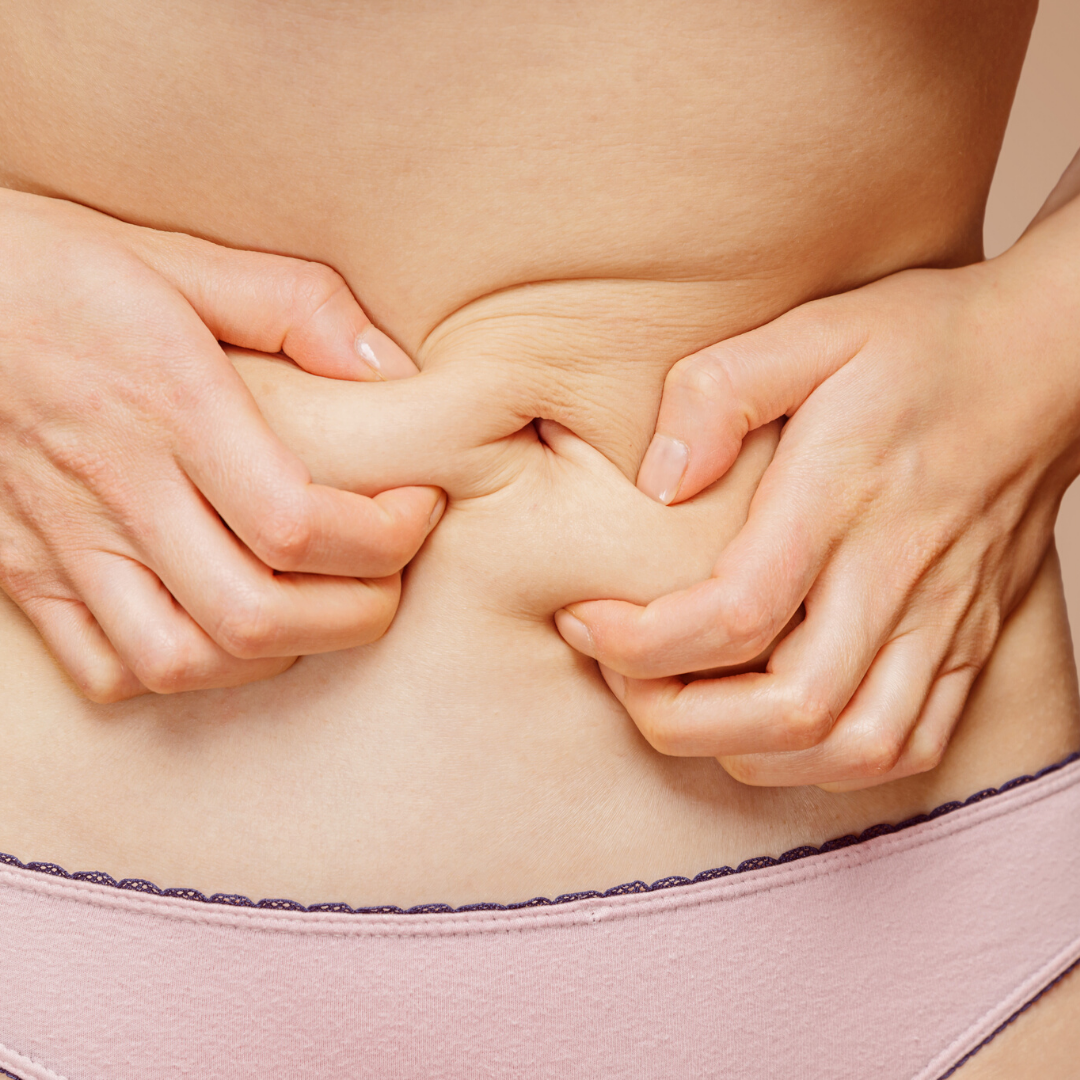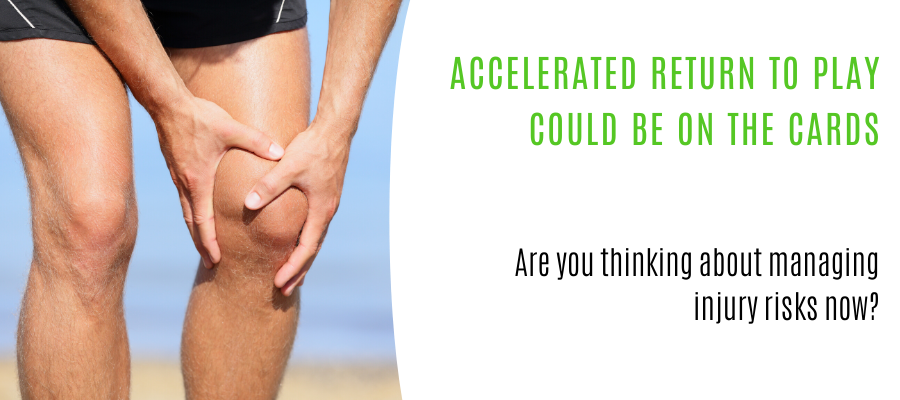Written by: Niki Holding
Usually when you mention massage people tend to think there is only one type, however, there are many different types of massage and one of the most common questions I get asked is, what’s the difference between relaxation massage and remedial massage?
Both types of massage have many benefits but can vary depending on which type you choose.
Remedial Massage
Remedial massage is a treatment to help reduce pain, encourage rehabilitation and correct physical issues that might be causing problems such as chronic pain like neck pain, backaches, headaches, injuries from sports or occupational, postural and many more, therefore it has a specific end goal. Different techniques are used throughout the treatment to achieve these goals such as deep tissue, trigger point therapy and therapeutic techniques. Some of these techniques may feel uncomfortable at times or commonly referred to as ‘good pain’, however, they are specifically used to achieve an outcome. Several sessions may also be required as part of the treatment process.
Relaxation Massage
Relaxation massage provides a general loosening up and an effective way to relax the mind and body. Relaxation massage uses more soothing techniques with the aim to help make you feel relaxed, calm and is great way to recover from any stressors that you may be experiencing in everyday life. It is less specific to remedial massage and techniques are usually long, smooth flowing strokes, pressure may be deep but not to the point of pain.
So if you are experiencing musculoskeletal pain and tension or want to increase range of movement and enhanced athletic performance then a remedial massage would be more suited to you, however, if you are feeling stressed and tired, then relaxation massage would be a more beneficial choice.
Optimus Health has Remedial Massage available as below:
Mondays: 4:30pm - 8pm
Wednesdays: 3pm - 8pm
Fridays: 9am- 1pm
Saturdays: 8am - 12pm
You can book in by calling us on 9913 8986 or online here.
